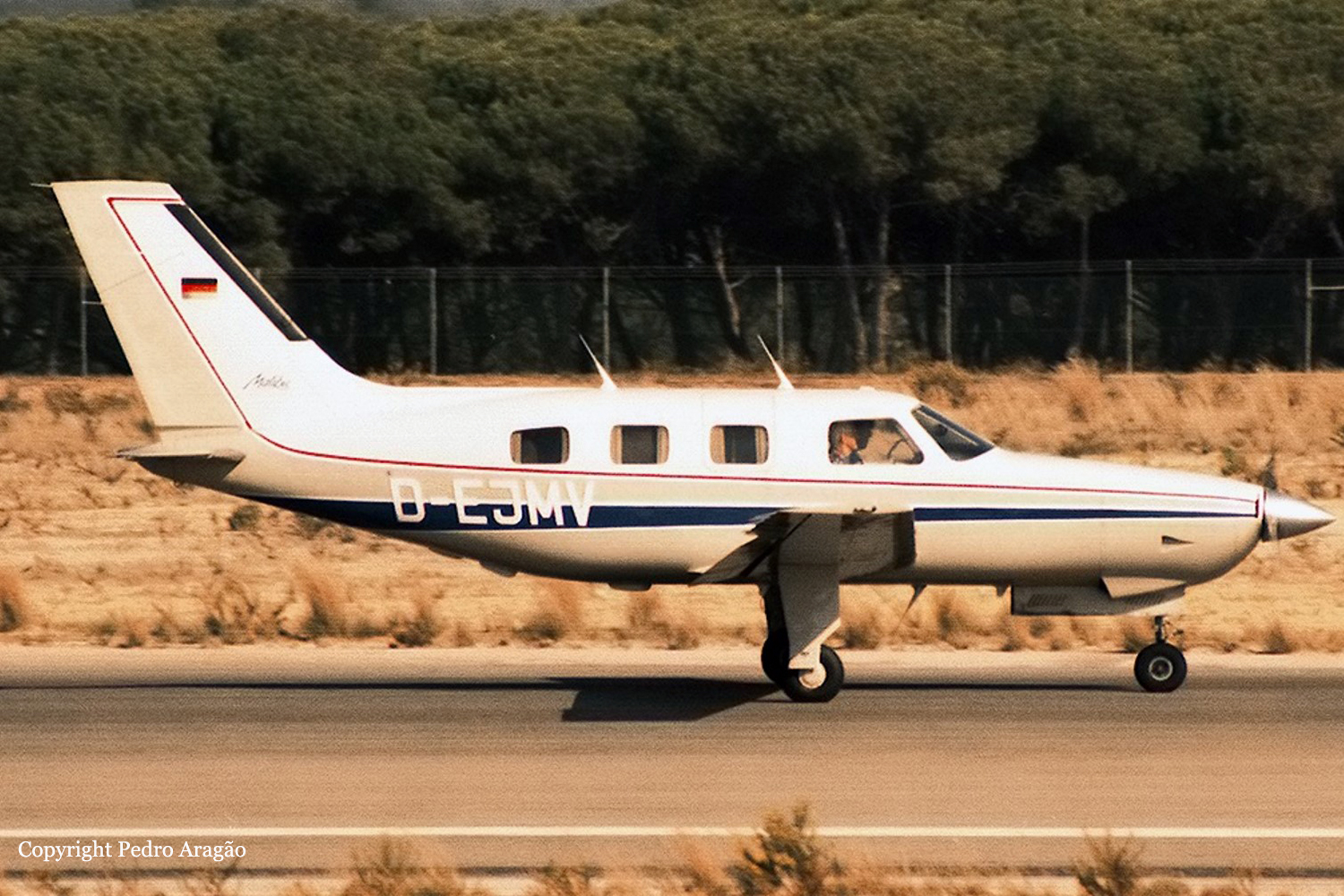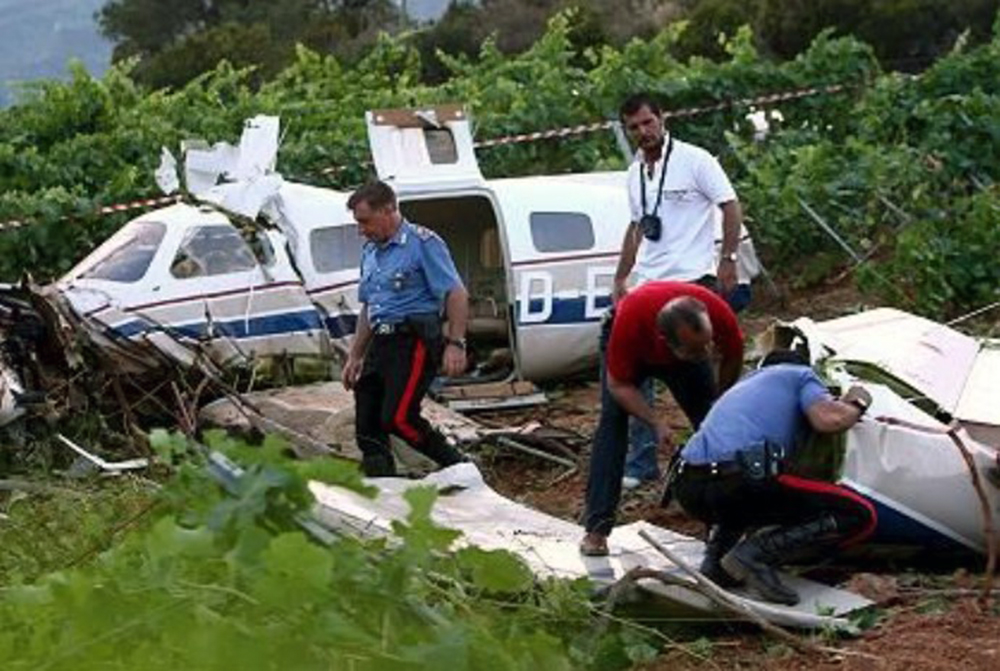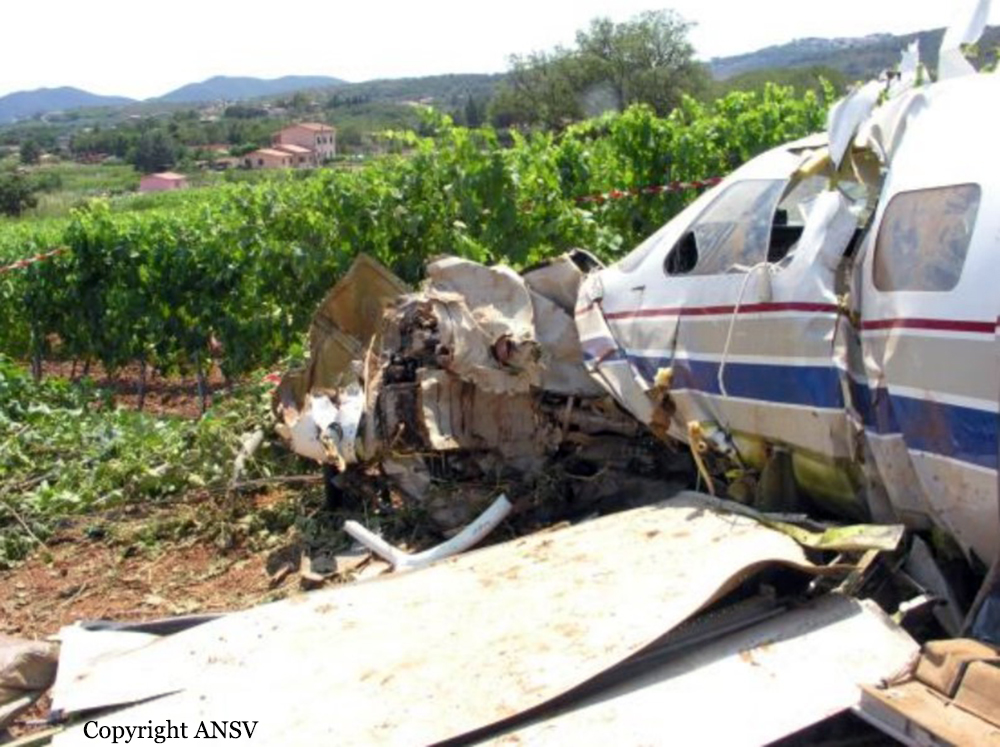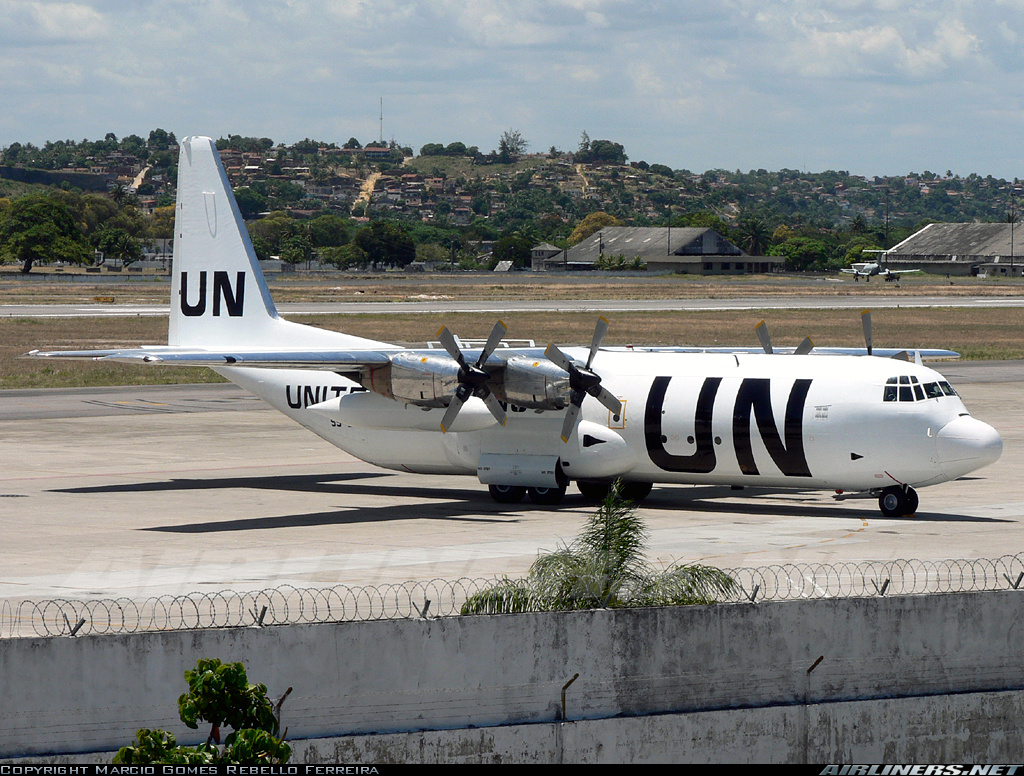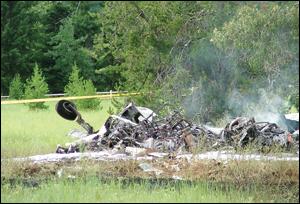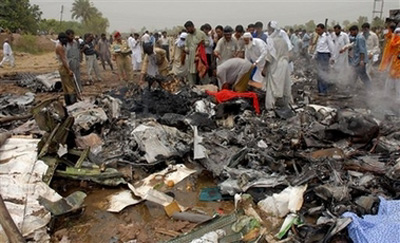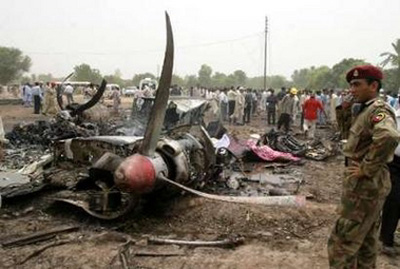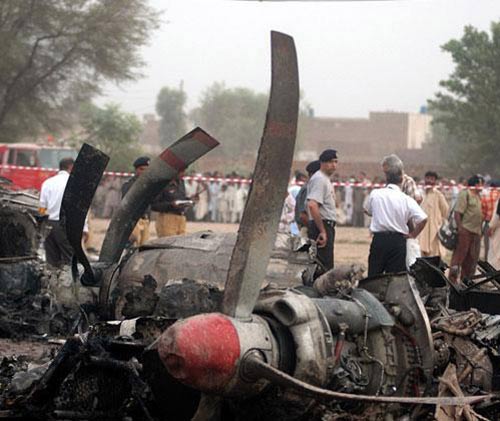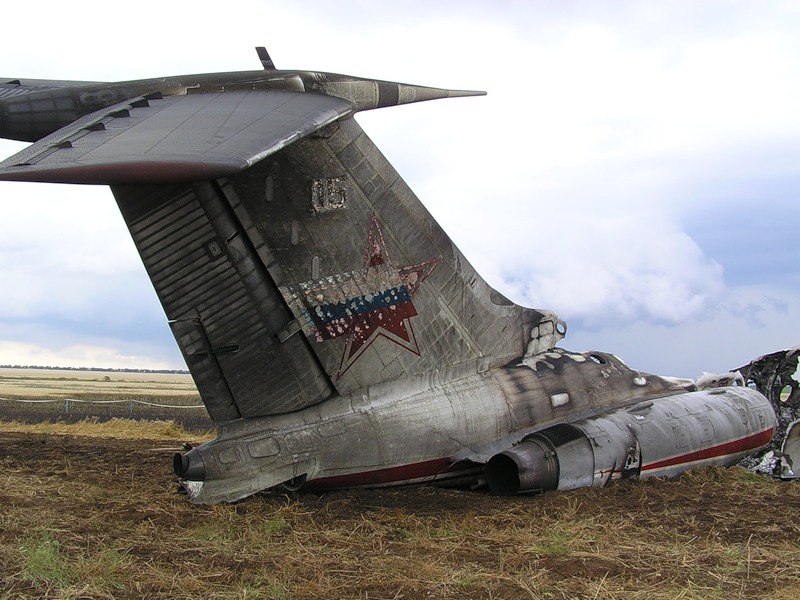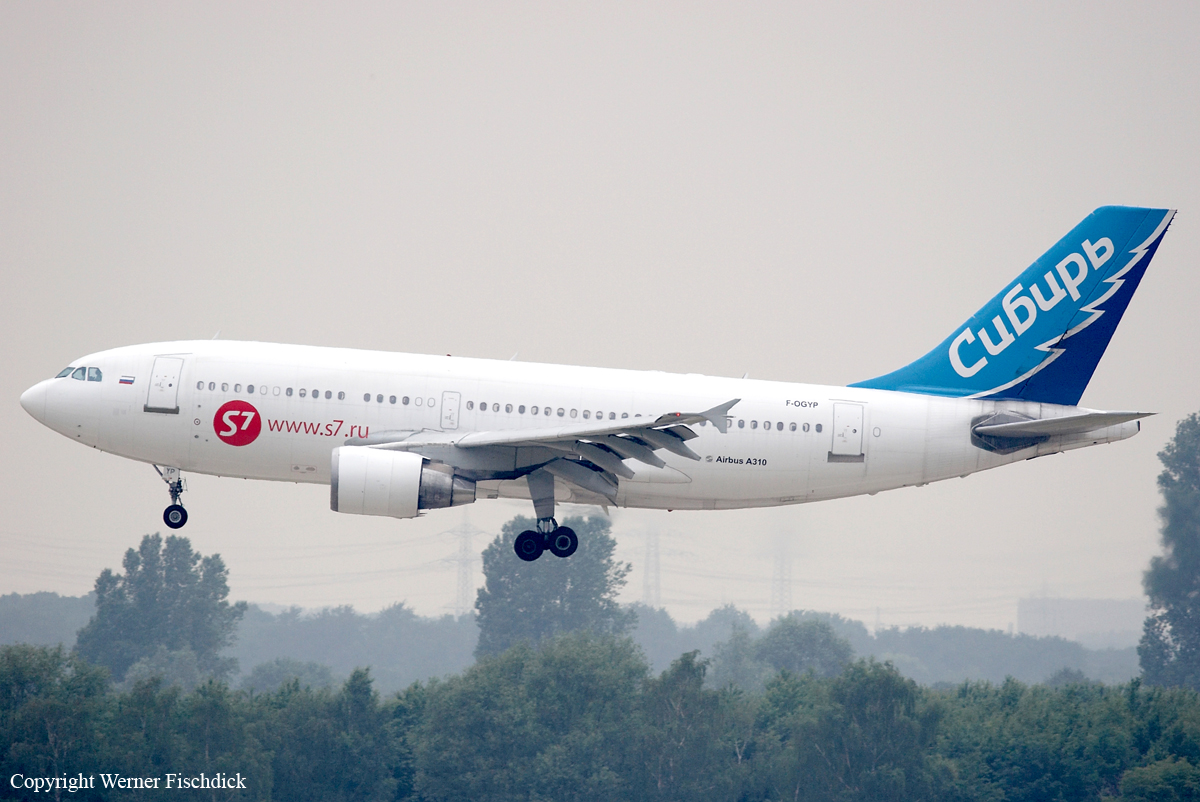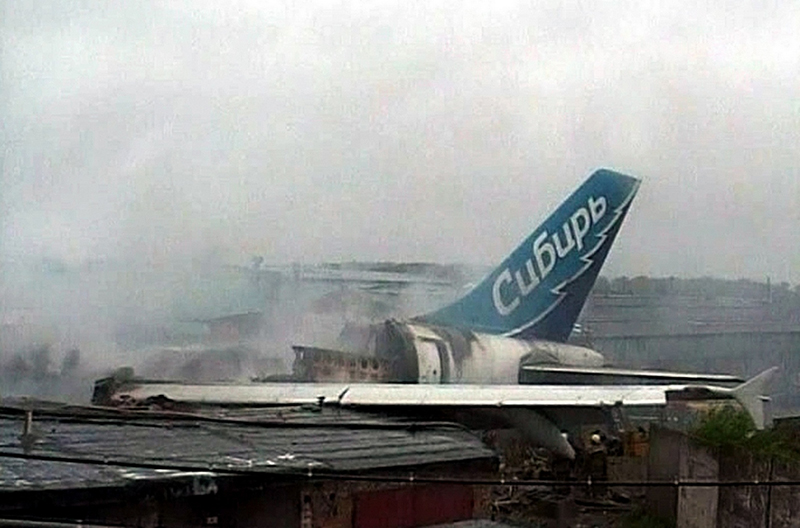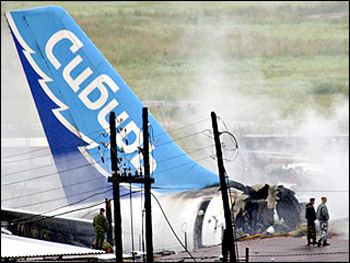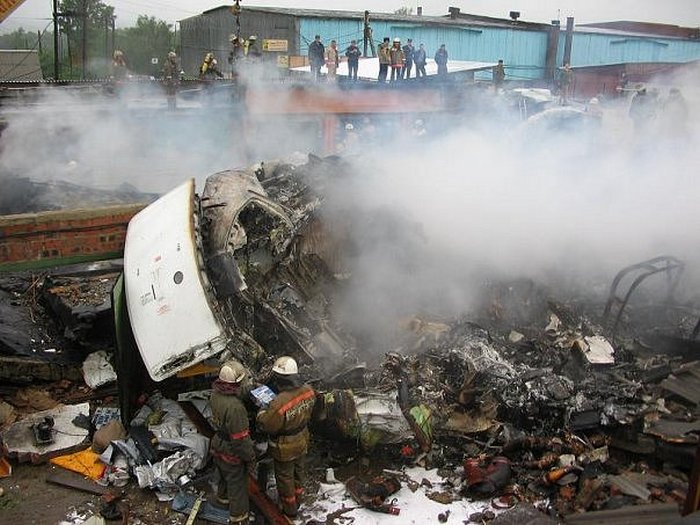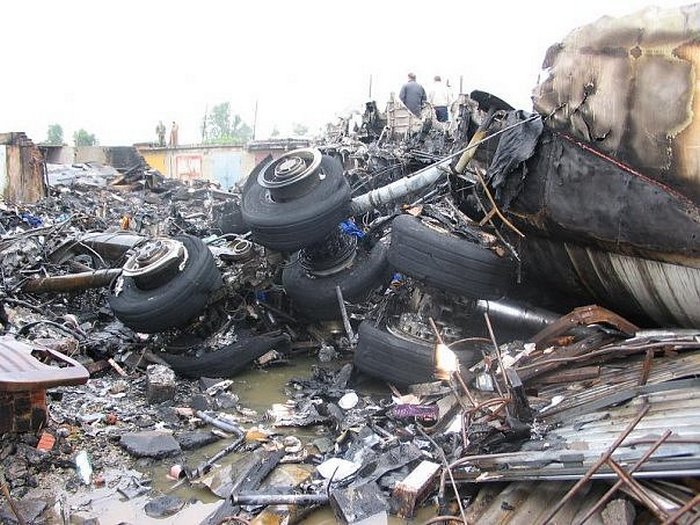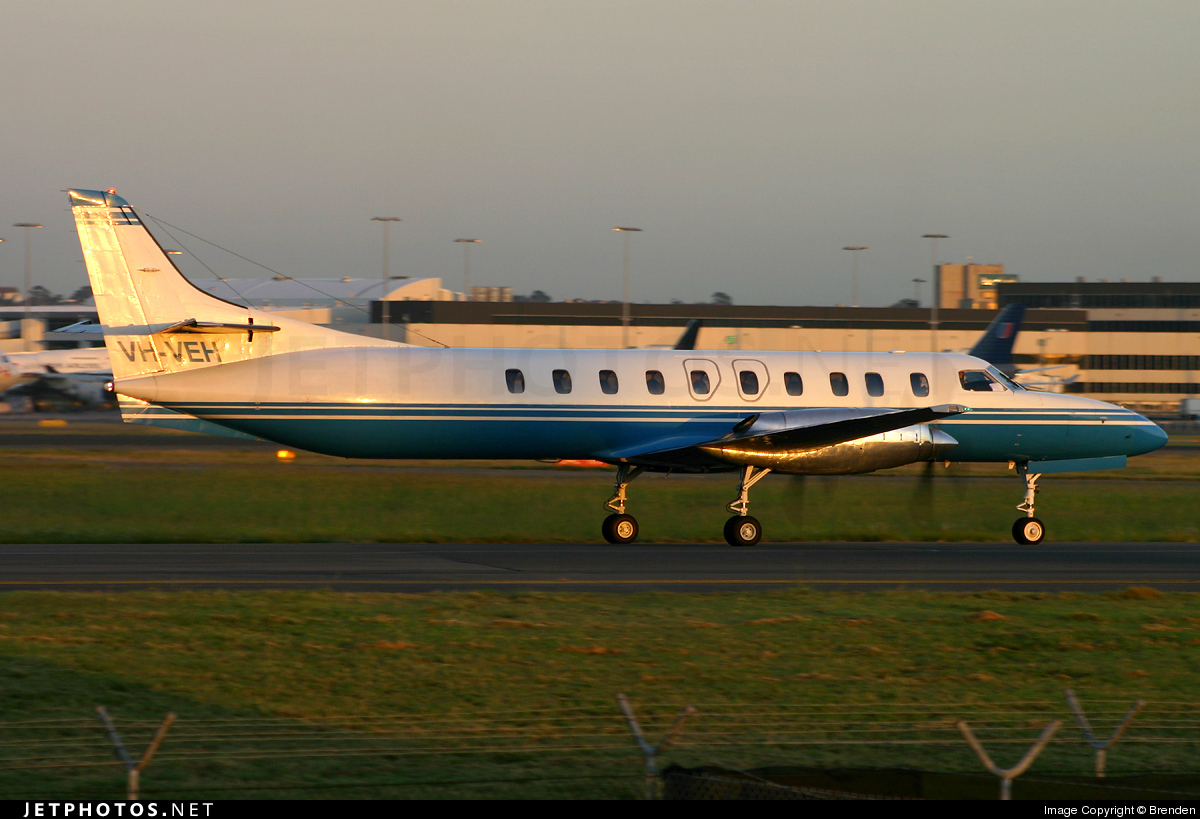Crash of a Piper PA-46-310P Malibu in Marina di Campo: 5 killed
Date & Time:
Jul 16, 2006 at 1856 LT
Registration:
D-EJMV
Survivors:
No
Schedule:
Marina di Campo - Vilshofen
MSN:
46-08085
YOM:
1987
Crew on board:
1
Crew fatalities:
Pax on board:
4
Pax fatalities:
Other fatalities:
Total fatalities:
5
Aircraft flight hours:
1001
Circumstances:
The single engine aircraft was ready at 1850LT for a private flight to Vilshofen, Bavaria, carrying four passengers and one pilot. During the takeoff roll on runway 34 at Marina di Campo Airport, the tower controller informed the pilot that smoke was coming out from the airplane, but the pilot did not reply to this message and continued the takeoff procedure. After liftoff in VFR conditions, the aircraft initiated a turn to the right then a second turn to the left when it descended and crashed in a vineyard located about one km north of the runway end. Two passengers were seriously injured while three other occupants were killed. Few hours later, one of the survivors died from his injuries while the last survivor passed away the following day. The aircraft was destroyed.
Probable cause:
The accident, reasonably triggered by a technical problem that the investigations could not identify with indisputable certainty, was attributable to an in-flight loss of control of the aircraft following an aerodynamic stall at low altitude during initial climb. The pilot's attempt to return to the airport was unsuccessful and the short distance between the aircraft and the ground did not allow him to expect a stall recovery.
Final Report:
